Ovzon receives 12-months renewal for continued support to UK MoD
Ovzon has, for the fourth consecutive year, been a 12-months service renewal contract for delivery of Ovzon SATCOM-as-a- Service to the UK MoD.
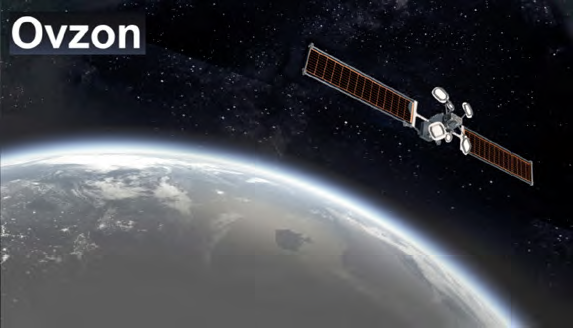
The order is received from Babcock International, an international defense, aerospace and security company, with the total order value amounts to approximately $1 million.
Ovzon’s SATCOM-as-a-Service offering includes high performing and resilient satellite network, and the industry leading Ovzon T6 “On-The-Pause” mobile satellite terminals, as well as gateway services and Ovzon’s dedicated customer service and support. The service is relied upon by the UK and many western governments when resilient, no-fail communications are required.
“We are proud to receive this continuous renewal which is testament to our longstanding delivery and good relationship with the UK MoD. We are also excited to start a new partnership with Babcock International. It is an honor to, together, continue to support the UK MoD’s critical missions", said Ovzon’s CEO,
Per Norén.
SatixFy + SCOTTY Group partner to supply IFC terminals
SatixFy Communications Ltd. (NYSE American: SATX is collaborating and sending the first order of the company’s in-flight connectivity (IFC) terminals, Onyx, with SCOTTY Group Austria GmbH (“SCOTTY”), a manufacturer and integrator of communication solutions, including in- flight connectivity (IFC) for aircraft.
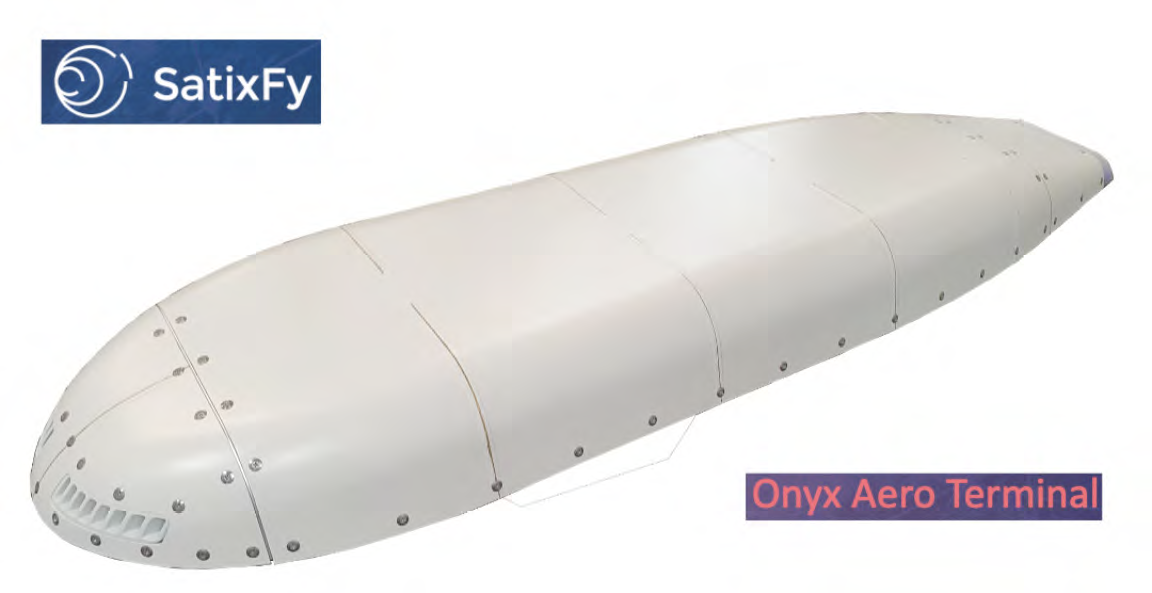
The Onyx is an all-inclusive, high-performance satellite communications aero terminal designed for use on small to mid-sized aircraft, delivering superior in- flight connectivity.
Characterized by its compact form factor, the Onyx features SatixFy’s cutting-edge digital beam-forming technology, along with multi-orbit connectivity capabilities.
SCOTTY placed an initial order for SatixFy’s Onyx terminal and associated product support. SCOTTY will integrate SatixFy’s IFC terminals into its communication solutions for aircraft that previously lacked connectivity due to limitations of terminal sizes, enabling high-end, reliable satellite communication for its customers.
The first syst m is expected to be installed on a business aircraft in the second half of 2024.
Scout Space contracted to develop efficient collision analysis framework
Scout Space Inc. was recently selected by AFWERX for an SBIR Phase I contract aimed at advancing space safety and operational effectiveness.
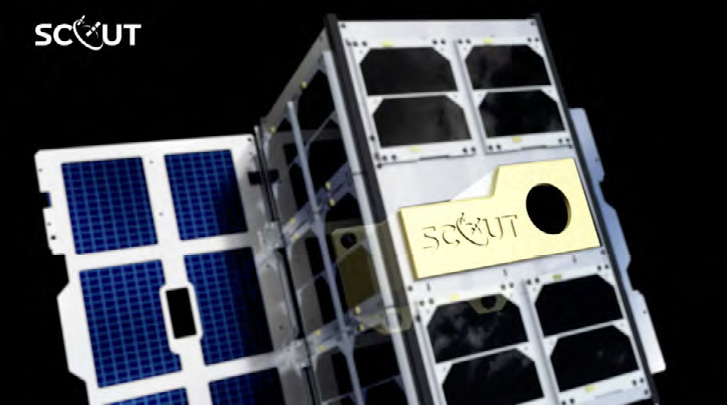
Under this contract, the company will develop a Collision Analysis Framework designed to bolster real-time spacecraft self-protection capabilities for identifying, tracking, and avoiding space collisions with debris
Scout plans to develop the framework with minimal computational demand and aims to open new avenues for advanced scenario analyses, aiding in the prediction and mitigation of potential adversarial interceptions. This
capability is pivotal in safeguarding crucial US space assets, aligning with the strategic goals of the Tactically Responsive Space (TacRS) program office and other USSF entities.
The company plans to integrate this framework into its next- generation Space Domain Awareness (SDA) payload, enabling proliferated object collision detection and risk mitigation.
“Traditional collision prediction methods, reliant on brute- force computations, often falter in real-time scenarios, lacking the agility required for effective self-protection,” said Philip Hover-Smoot, CEO of Scout Space. “Our team’s innovative approach to this problem could not only empower spacecraft with autonomous self- protection but to also enhance operational capabilities by efficiently estimating line-of-sight visibility windows for critical and untracked space objects.”
Scout’s Head GNC Engineer Jordan Maxwell, Ph.D., said, “The technology Scout is developing leverages orbital constraints to enable highly-efficient identification, tracking, and avoidance of potential colliders all onboard the spacecraft. By eliminating communication latency to the ground, Scout’s approach can facilitate just-in-time collision avoidance with even small hard-to-track objects for SDA- enabled spacecraft.”
RTX’s Collins Aerospace completes 1st retrofit of Iridium Certus connectivity
Collins Aerospace, an RTX (NYSE: RTX) business, has modified a Prince Aviation Cessna 525 Citation Jet with its IRT NX Satellite Communication (SATCOM) system, providing high-speed cabin connectivity through the Iridium Certus® 700 satellite service.
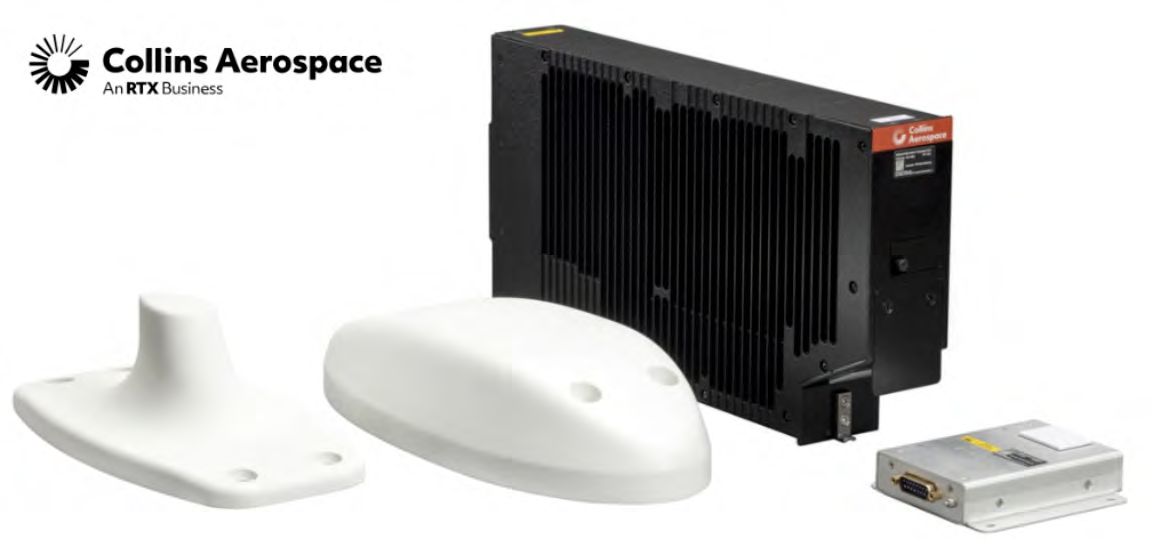
European Aviation Safety Agency (EASA) certification and design approval was obtained by Q.C.M. Design GmbH with Prince Aviation installing the hardware onto the aircraft, becoming the first customer to retrofit a business jet cabin with the Collins SATCOM solution.
Iridium’s global network of satellites connect with Collins’ advanced ARINCDirect℠ connectivity services, enabling speeds up to 704 kbps.
The comprehensive solution provides users reliable, secure and cost-effective connectivity to browse the internet, make voice calls, text, access email and use social media applications.
The Collins designed and manufactured IRT NX SATCOM system includes a data unit, configuration module and antenna – providing consistent, cohesive connectivity throughout the aircraft while using less power than legacy systems.
Certification and installation were completed earlier this year with the first flight performed in late April.
“Today’s business traveler expects to step on board their aircraft and continue to stay connected, productive and informed,” said Nathan Voight, vice president and general manager, Business and Regional Avionics at Collins Aerospace. “Our Iridium SATCOM solution can facilitate advanced aircraft connectivity on most aircraft type, including very light jets. The compact size and lighter weight solution also enables quicker installation time and minimal drag while utilizing a reduced footprint.”
HawkEye 360 expands their state-of-the-art advanced R&D facility
HawkEye 360 Inc. will be opening the firm’s new Vibration Testing Facility within the company’s 19,000-square-foot advanced R&D, engineering, and manufacturing facility.
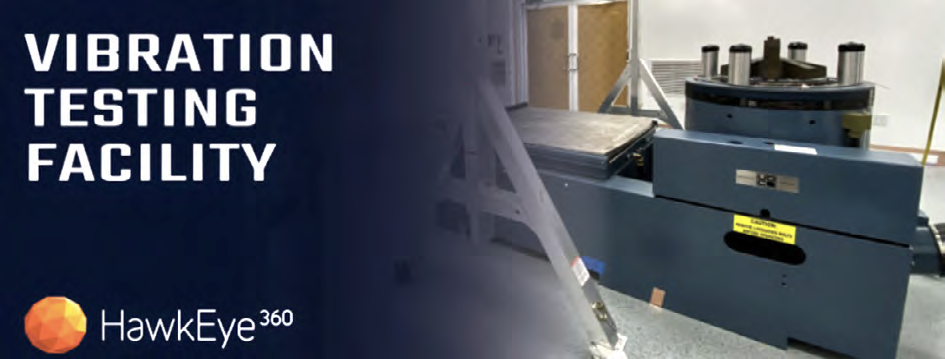
This new capability will be essential for vibration testing of satellite clusters, ensuring they meet the highest durability and performance standards.
The Vibe Facility, equipped with cutting-edge technology, can simulate the intense conditions satellites encounter during launch and space operations. This addition includes an electrodynamic shaker system featuring an H-series shaker with an ST series slip-table and magnesium head expander.
This renovation adds 450 square feet of lab space, which houses the shaker table and our existing large thermal chamber from Thermotron. This allows comprehensive environmental testing at unit and spacecraft levels.
The Cluster 11 satellites will be the first to undergo vibration testing in the new Vibe Facility. This milestone marks a significant step in HawkEye 360’s ongoing efforts to enhance the quality and resilience of our satellite constellations by establishing a turnkey, end-to-end production facility where we can better control costs, production time, scalability, and quality.
“The new Vibration Testing Facility significantly enhances our testing capabilities. It allows us to conduct comprehensive vibration tests to ensure our satellites can withstand the rigors of space launch and operation,” said Tyler Lewandowski, Director of Satellite Assembly, Integration, and Test. “By streamlining the assembly, integration, and testing processes in one location, we can deliver mission-critical data to our customers more efficiently and effectively.”
HyImpulse launches the SR75 sounding rocket
HyImpulse successfully launched their SR75 rocket from Southern Launch’s Koonibba Test Range, Australia, in a milestone achievement for commercial launch capabilities in Australia.

The SR75 rocket is one of the largest commercially launched rockets in Australian history.
A crowd of locals and VIPs who traveled to Koonibba from across Australia and Europe were on hand to witness the historic achievement on South Australia’s Far West Coast.
The SR75 mission lifted off from the launch pad at 2:40 p.m. The rocket was recovered from the Koonibba Test Range for post flight analysis.
The launch was the first from the new permanent facilities at the Koonibba Test Range that was developed by Southern Launch in partnership with the Koonibba Community Aboriginal Corporation.
The SR75-1 ‘Light this Candle!’ mission was the inaugural launch attempt of HyImpulse’s SR75 rocket and marks an incredible step forward for HyImpulse as they continue to develop their innovative hybrid rocket engines.
Southern Launch CEO Lloyd Damp said, “We are incredibly proud to have been a part of this historic mission. The Koonibba Test Range is world-class and hosting this mission has demonstrated the outstanding expertise and experience of the Southern Launch and HyImpulse teams.”
HyImpulse CEO Mario Kobald said, “This launch at the Koonibba Test Range was incredible and we could feel the support from everyone here in Koonibba as well as our team back home in Germany.”
HyImpulse Co-CEO Christian Schmierer said, “Our team at HyImpulse has been developing our unique hybrid rocket technology for many years. This successful launch proves that our technology is viable and is a great step forward as we move toward developing our SL1 orbital launch vehicle.”
Koonibba Community Aboriginal Corporation Chairperson Geraldine Ware said, “This launch was an incredible achievement for our community and shining light for First Nations people. We had more than 30 people from the community working throughout the campaign and to come together and see it launc was amazing. We look forward to the next launch from our launch pad.“
AAC Clyde Space creating laser comms hub
The agreement marks all three parties’ commitment to build up a long-term partnership and aims to establish a European ecosystem for laser satellite communication based in the Netherlands.
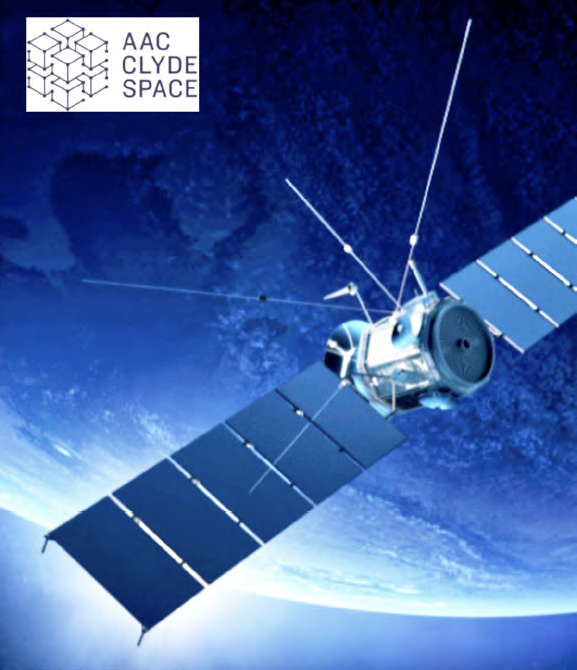
This news follows the earlier announcement of the parties forming a consortium to develop the next generation of laser communication terminals for small satellites, link to press release.
In this latest project, AAC Clyde Space partners is set to deliver a next- generation compact, low-cost, laser system capable of transmitting data from space at a speed of up to 10 Gbps to enable space-to-ground communication between small satellites and optical ground stations. This is several times faster than current laser communication systems, and is far outpacing the radio frequencies in use today.
AAC Clyde Space has entered into a licensing agreement with TNO which grants AAC Clyde Space the right to use TNO’s cutting-edge laser communication terminal technology. Measuring 10 x 10 x 10 cm the terminal is ideally suited for small satellites.
The group has also entered a memorandum of understanding (MoU) with FSO Instruments regarding joint support in the development of a manufacturing and marketing.
FSO will provide additional optical technology to the project. AAC’s subsidiary in the Netherlands, AAC Hyperion, will provide optical communications for onboard electronics, drivers and software to the laser system.
Laser communications is poised to play a crucial role in the next phase of space advancement, driven by the increasing demand for global connectivity and the growing volume of data generated in space. The technology enable 100 to 1000 times more data transmitted to Earth than current radio frequency systems. Not only is it faster, laser communications also offer a more secure option.
“Advances in high data volume payloads, such as for Earth Observation, have highlighted the need for radically improved downlink capability for smaller satellites. Laser communication is ideal to take on this complex challenge. This partnership places us in an ideal position to meet this rapidly emerging demand,” said AAC Clyde Space CEO Luis Gomes.
“This new collaboration underscores TNO’s dedication to accelerate the transfer of our technology, fostering the growth of optical satellite communication capabilities in the Netherlands and bolstering a robust network within Europe and NATO,” said Kees Buijsrogge, Director, O Space.



